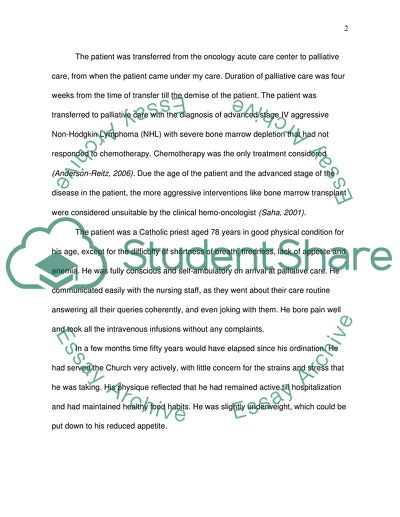Cite this document
(Care Giving Context and Quality of Life Research Paper, n.d.)
Care Giving Context and Quality of Life Research Paper. Retrieved from https://studentshare.org/health-sciences-medicine/1715515-caregiving-context-and-quality-of-life
Care Giving Context and Quality of Life Research Paper. Retrieved from https://studentshare.org/health-sciences-medicine/1715515-caregiving-context-and-quality-of-life
(Care Giving Context and Quality of Life Research Paper)
Care Giving Context and Quality of Life Research Paper. https://studentshare.org/health-sciences-medicine/1715515-caregiving-context-and-quality-of-life.
Care Giving Context and Quality of Life Research Paper. https://studentshare.org/health-sciences-medicine/1715515-caregiving-context-and-quality-of-life.
“Care Giving Context and Quality of Life Research Paper”, n.d. https://studentshare.org/health-sciences-medicine/1715515-caregiving-context-and-quality-of-life.


